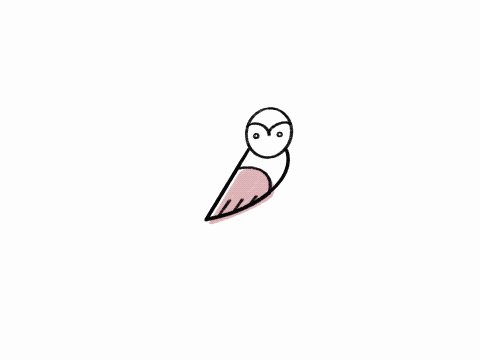The Art of the Good Life is a collection of 52 mental tools that are derived from Stoicism and from the field of cognitive and social psychology. Each mental tool is introduced and explained in a short and concise manner (only 2-3 pages each) which make for a fun (& profound) read.
Often when we talk about what makes a good life - such philosophical pondering can be very vague but I personally enjoyed the author’s use of imageries and analogies to cement his points.
To give an example, a mental tool that particularly caught my interest is in Chapter 2: “The fine art of correction - why we overestimate set up”.
In life, we tend to overestimate set up - where we focus on arranging things perfectly at the beginning such as education, career, love life, family and we expect to reach our goals as planned.
A classic example of set up overestimation and correction underestimation is when an apparently perfect marriage between two perfectly well-matched partners crumble (think all those shocking OTP celebrity divorces).
It is much more helpful to think of life like a car - “even on a dead straight motorway, you can’t take your hands off the wheel without veering out of your lane and risking an accident”.
Marriage is no exception, we need to constantly put in effort if we want to stay in the proper lane & the sooner we realize, accept and practice this, the better.
A recurring theme of the good life is acceptance and chance. I personally agree with the author that everything in life is a product of chance (good and bad), and the moment I accepted this, the lighter I felt.
There is nothing wrong in wanting to pat yourself on the back or credit yourself for a certain achievement - the key is to be humble about it. And there is no better way to be humble than to remind yourself that everything in life ties back to winning the ovarian lottery - your genes, environment, post code; a lot of circumstances go into play.
You may think well what is the fun in that, if I can’t take credit for it? Just as much as you can’t take credit for the achievements, you also don’t have to blame yourself for the shortcomings.
Personally, I think wow what a liberating feeling.
In a lot of ways, there are many similarities in Buddhism’s teachings, particularly in attaining Nirvana “the ceasing of happiness and sadness”. It is easy to become tangled and anxious in the thought of there being no happiness, but it’s just as important to find salvation in there being no sadness.
Another interesting takeaway is how the brain we are equipped with may have enabled us to survive the Stone Age but makes it very challenging for us to survive in the modern technological era. Viewed from this way, it makes sense why we continuously commit systematic errors.
A classic example is anxiety. Evolutionarily, anxiety was a very useful tool that enabled us to survive all these years. If you were too relaxed, a saber-toothed tiger would have made sure that you were no longer part of the gene pool. However, in today’s time, we don’t have the same degree of danger that we used to have and yet are still ridden by anxiety - hence why it’s important to be able to manage anxiety, through understanding yourself one way or another (I find self-help books particularly helpful for this).
Whether you agree or disagree with the 52 mental tools in the book, it’s still a thought provoking read. Definitely would recommend.
The Art of The Good Life - Rolf Dobelli.

